Trump administration nearing pharma tariffs plan
96 <!-- *{box-sizing:border-box}body{margin:0;padding:0}a{color:inherit!important;text-decoration:inherit!important}#MessageViewBody a{color:inherit;text-decoration:none}p{line-height:inherit}.desktop_hide,.desktop_hide table{mso-hide:all;display:none;max-height:0;overflow:hidden}.image_block img+div{display:none}sub,sup{font-size:75%;line-height:0}#converted-body .list_block ol,#converted-body .list_block ul,.body ol,.body ul,u+.body .list_block ol,u+.body .list_block ul{padding-left:20px} @media (max-width:620px){.desktop_hide table.icons-outer{display:inline-table!important}.image_block div.fullWidth{max-width:100%!important}.mobile_hide{display:none}.row-content{width:100%!important}.stack .column{width:100%;display:block}.mobile_hide{min-height:0;max-height:0;max-width:0;overflow:hidden;font-size:0}.desktop_hide,.desktop_hide table{display:table!important;max-height:none!important}.reverse{display:table;width:100%}.reverse .column.first{display:table-footer-group!important}.reverse .column.last{display:table-header-group!important}.row-10 td.column.first .border,.row-8 td.column.first .border{padding:5px 5px 15px 25px}.row-10 td.column.last .border,.row-12 td.column.last .border,.row-8 td.column.last .border{padding:5px 20px 25px 5px}.row-12 td.column.first .border{padding:5px 5px 15px 25px;border-bottom:15px solid...
Read moreSerena Williams Flaunts ‘Snatched’ Waist In New Skirt Nearly One Year After She Struggled to Fit In a Denim Skirt
Serena Williams is missing a waist! Fans took notice of her much slimmer figure when the 23-time Grand Slam winner...
Filming in L.A. declines in 1st quarter
On-location filming within the greater Los Angeles area has taken a tumble within the first quarter of the year, according...
Jury finds Victor Martinez-Hernandez guilty in Rachel Morin murder
(NewsNation) — A Maryland jury has found Victor Martinez-Hernandez guilty on all four counts in the murder and rape of...
Plans to Mark America’s 250th Birthday Were Underway. Then Came Cuts
WASHINGTON — Community celebrations being planned to commemorate the nation's 250th anniversary next year are at risk of being significantly...





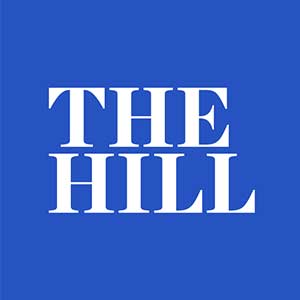
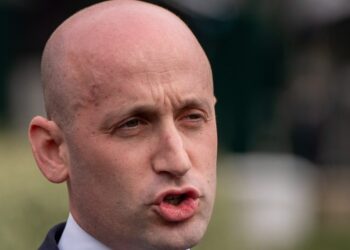
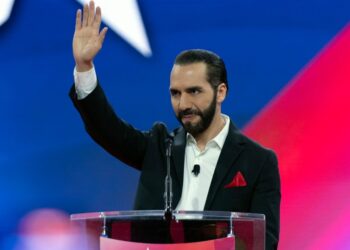
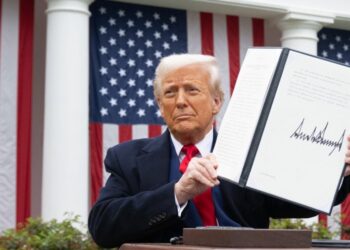
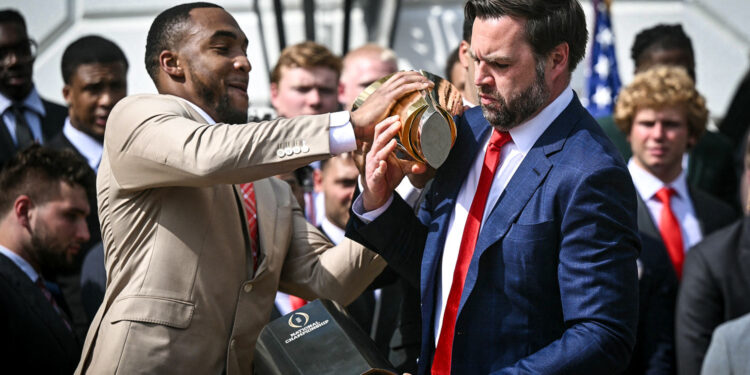
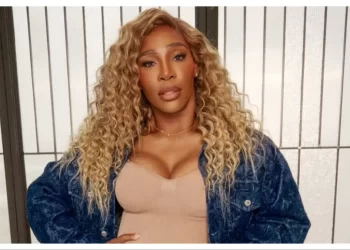


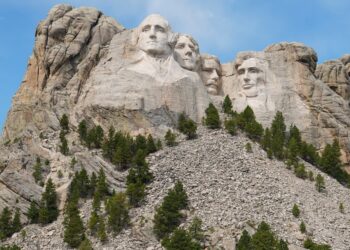





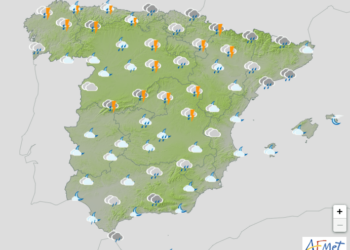
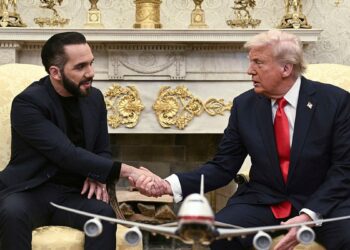
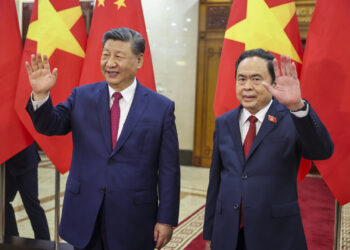



 Al Jazeera English | Live
Al Jazeera English | Live






















